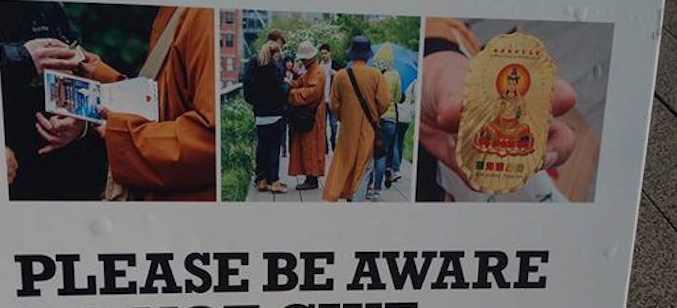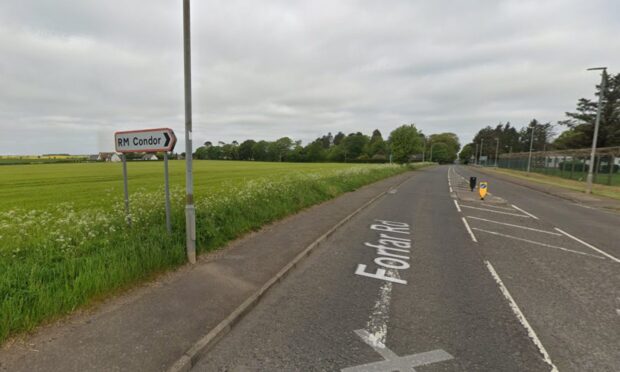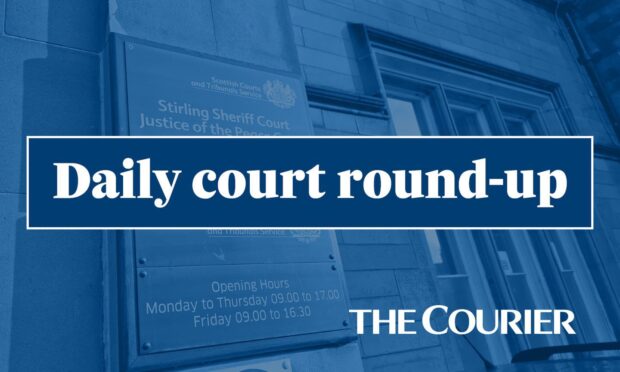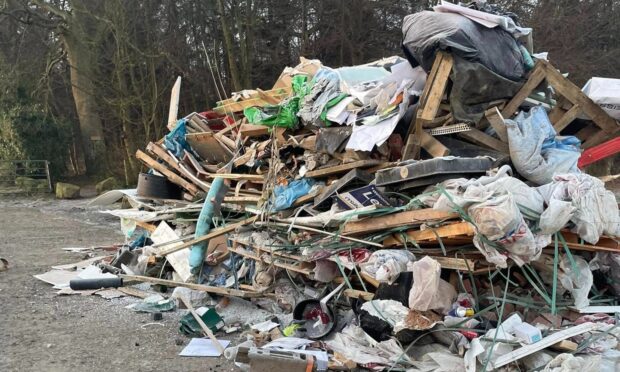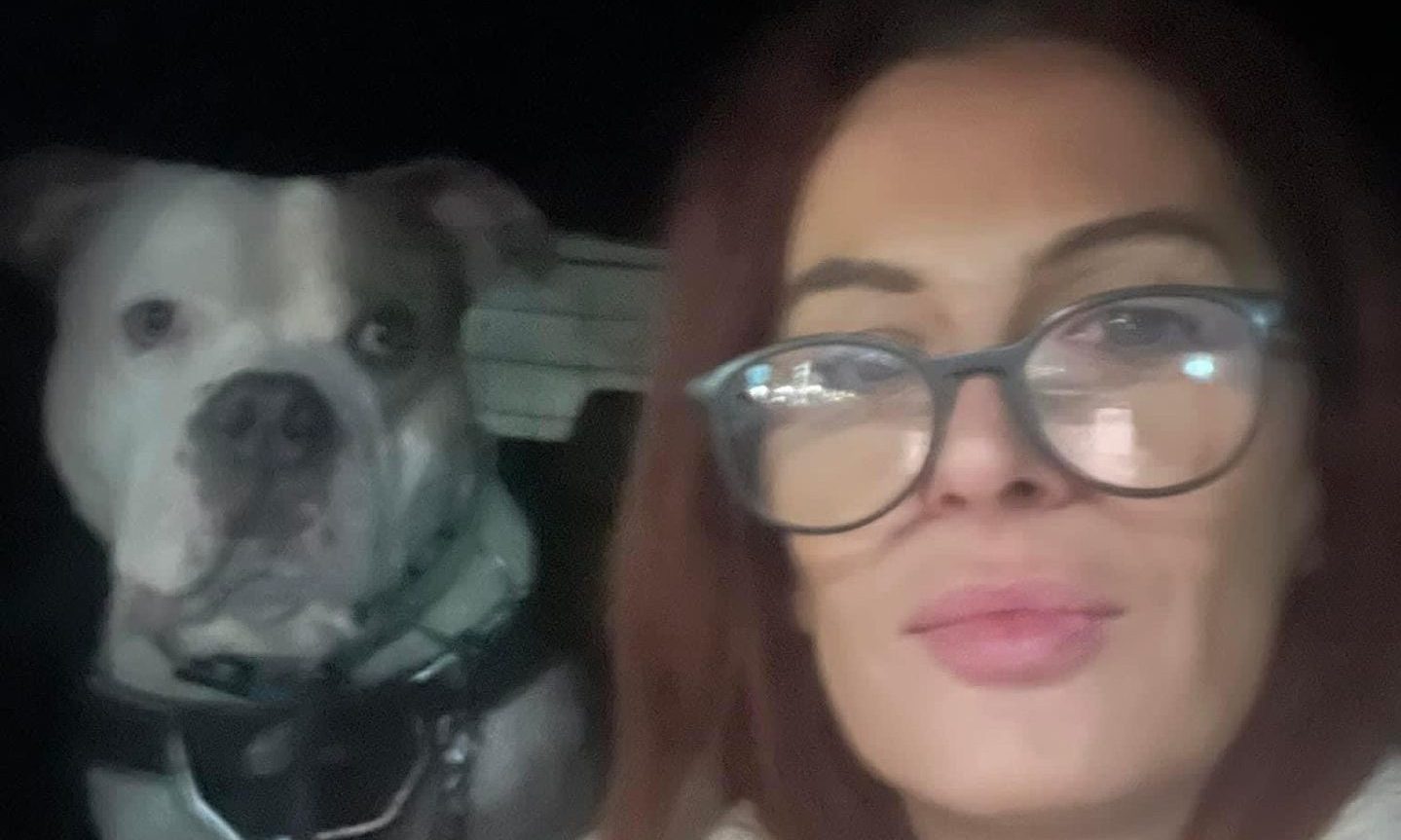A ‘fake’ monk has been accused of badgering locals for cash in Angus.
The so-called Buddhist monk was spotted in Carnoustie outside a shopping centre attempting to give shoppers beads.
People who accept them are then asked to put their details on a form and how much they’re going to donate.
The ‘monk’ was described as being ‘pushy’ with a warning given that it’s a way of taking advantage of people.
When asked what he was raising money for he didn’t answer.
One local said: “He blesses you, puts a bracelet on your wrist then hands you the donation sheet and a pen.
“It might not be a scam as such but it’s still taking advantage of people.
“This type of thing is rife in London and New York but I didn’t expect it to happen in Carnoustie.”
Reports of the fake monks spiked two years ago, then waned.
Reports of the men have also surfaced in San Francisco, Australia, Canada, Hong Kong, India and Nepal.
Working in teams, the monks apparently take shifts and panhandle for a short amount of time before disappearing until another takes over.
A spokesman for the Buddhist Society said “genuine Buddhist monks would never ask for money”.
He said: “One of the things many people don’t know is that Buddhist monks can’t handle money.
“Traditionally though monks are beggars.
“In places like Thailand they beg and are given gifts of food such as rice which they are allowed to eat but not take money.
“They wouldn’t be able to touch it.”
Buddhist leaders in New York previously issued a warning to tourists telling them to beware the growing number of fraudulent “monks” on the city’s streets.
Real monks do not act aggressively and would gladly offer a blessing without asking for money.
Authentic monks typically would not acknowledge a donation, and would avoid eye contact.
They would not sell beads, medallions, amulets, or rosaries.
